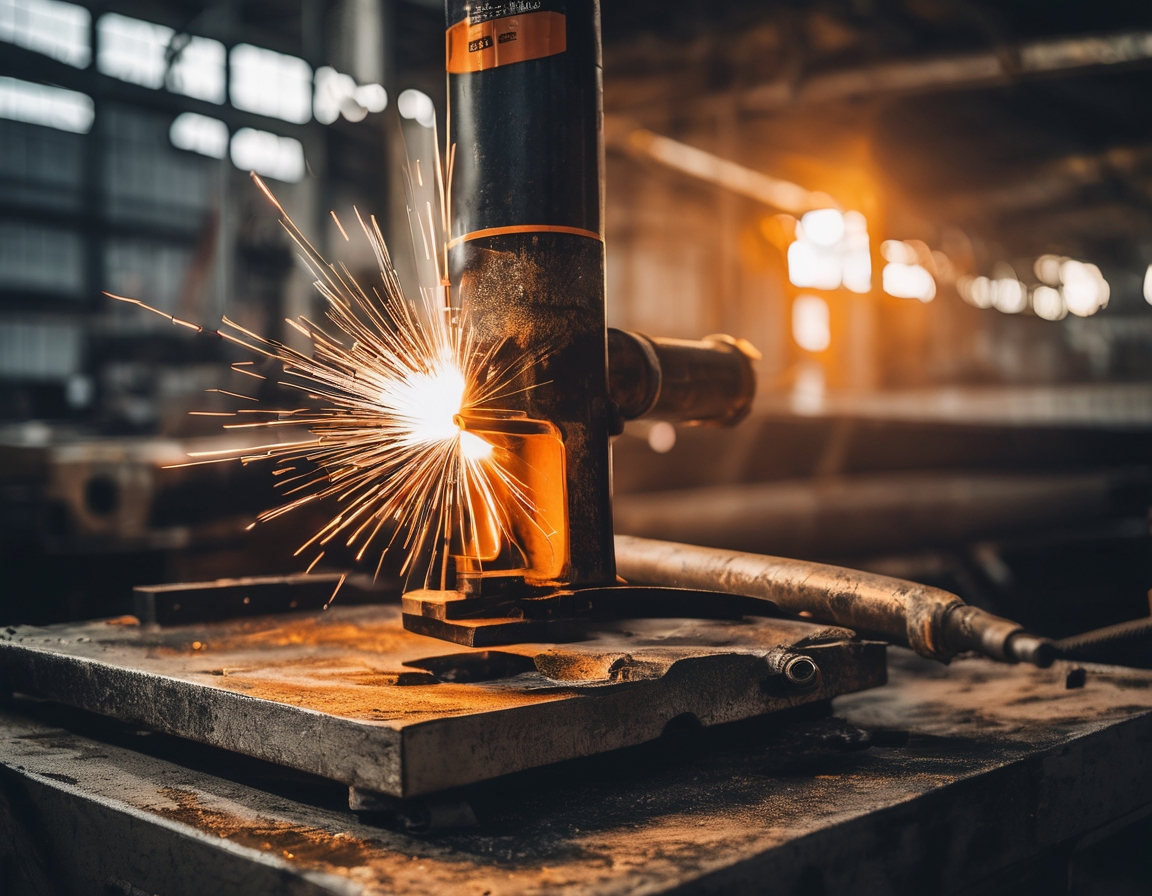The importance of quality standards in steel construction
Steel construction is a cornerstone of modern infrastructure, providing the backbone for buildings, bridges, and industrial facilities. Its strength, versatility, and sustainability make it a preferred choice for construction companies and developers. However, the success of steel construction projects heavily relies on adherence to stringent quality standards.
2. Understanding Quality Standards in Steel Construction
Quality standards in steel construction refer to the set of guidelines and specifications that ensure the structural integrity, safety, and performance of steel structures. These standards are crucial as they dictate the quality of materials, workmanship, and processes involved in construction, ultimately impacting the safety and longevity of the structures.
Several international and regional standards govern steel construction. Notable among them are the ISO 9001 for quality management systems, the EN 1090 for the execution of steel structures, and the AWS D1.1 for welding standards. These certifications ensure that construction companies adhere to best practices, providing assurance to clients about the quality and safety of their projects.
3. Benefits of Adhering to Quality Standards
Adhering to quality standards significantly enhances the safety of steel structures. By following rigorous guidelines, construction companies can minimize the risk of structural failures, ensuring the safety of occupants and users.
Quality standards ensure that the materials and construction techniques used are of the highest caliber, leading to structures that are more durable and have a longer lifespan. This is particularly important in regions with harsh weather conditions, where the resilience of steel structures is tested.
While maintaining quality standards may initially seem costly, it leads to significant cost savings in the long run. High-quality construction reduces the need for frequent repairs and maintenance, thereby lowering the overall lifecycle costs of the structure.
4. Challenges in Maintaining Quality Standards
Despite the benefits, maintaining quality standards in steel construction can be challenging. Common pitfalls include inadequate training of personnel, use of substandard materials, and non-compliance with established guidelines.
To overcome these challenges, construction companies must invest in continuous training for their workforce, establish robust quality control systems, and foster a culture of compliance and excellence. Partnering with certified suppliers and contractors also plays a crucial role in maintaining high standards.
5. Role of Quality Standards in Project Success
While specific case studies are not included here, numerous successful projects worldwide demonstrate the critical role of quality standards in achieving project goals. These projects highlight the importance of meticulous planning, execution, and adherence to standards.
Lessons from these projects emphasize the need for early integration of quality standards in the project lifecycle, continuous monitoring, and adaptation to evolving standards and technologies.






Comments (0)